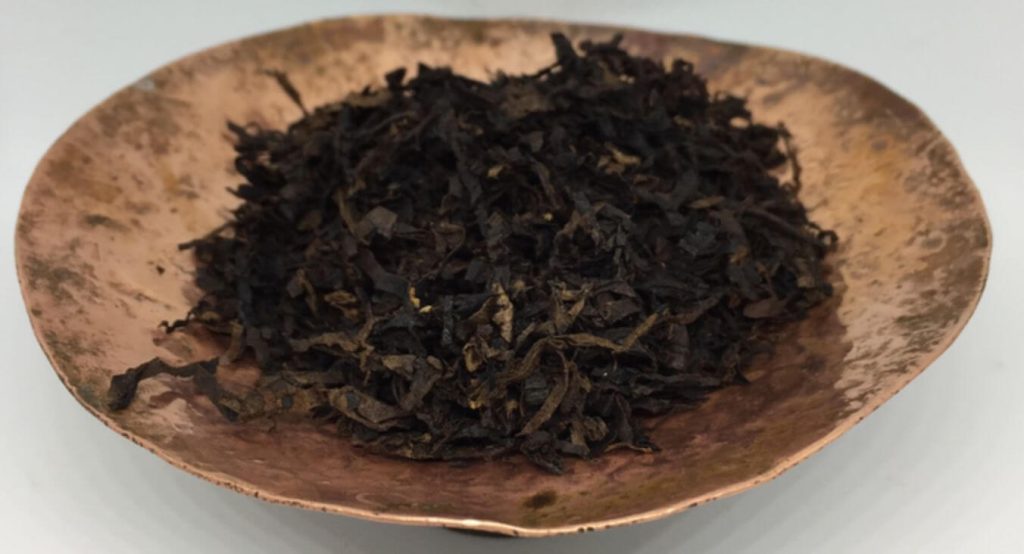Latakia Tobacco

Ah, Latakia tobacco. A name that stirs the senses and sparks intrigue. What makes it so special? Why does it hold such an esteemed place in the hearts of pipe smokers around the globe? This dark, smoky tobacco has a history as rich and complex as its flavor. Its unique preparation process has been passed down through generations, a testament to its timeless appeal. Venture with us as we unravel the mysteries of this distinctive blend, exploring its origins,characteristics, and the role it plays in the world of pipe tobaccos.
Technical sources:
Latakia tobacco is a sun-dried and smoke-cured tobacco product that originated from Syria. The name “Latakia” comes from its major port city of Latakia in Syria. However, large-scale production has permanently moved to Cyprus due to various sociopolitical issues within Syrian borders. The process of moderate temperature smoke curing gives it its complex aroma.
When Latakia tobacco is burned, it releases a characteristic wood smoke aroma with floral sweet undertones. It’s mostly used in pipe tobacco blends but can also be found in some avant-garde cigar and cigarette blends. Most pipe blends use Latakia as a condiment to add complexity and to control its burn rate.
The tobacco grown in the arid desert climate of the Middle East and Mediterranean, including Latakia, is known as Oriental tobacco. This type of tobacco is primarily made up of Nicotiana rustica and Nicotiana tabacum. The latter is most commonly used in modern commercial production.
The sun-curing process of Latakia tobacco differs from normal Oriental production, with the leaves being kept whole on the stalk of the plant. They are dried over a period of three or more weeks, either hung between trees or laid on the ground. After sun-curing, the tobacco is moved to storehouses before being purchased by brokers for the smoke-curing process, or fumigation. This process increases the bulk weight of the tobacco by about 15%.